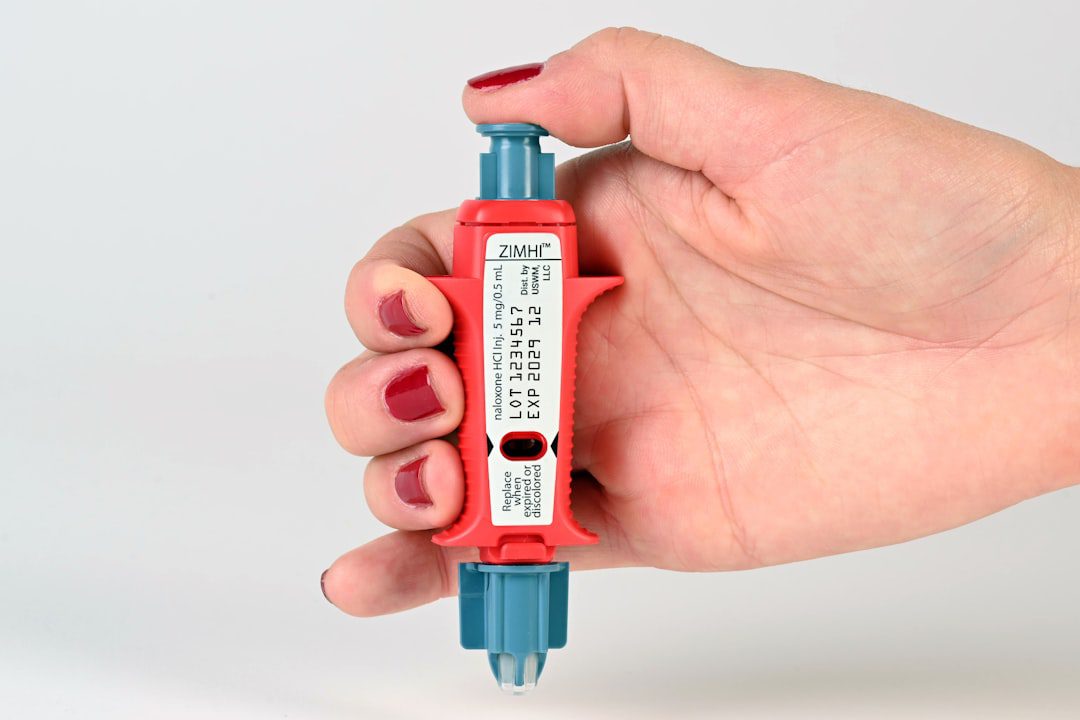
Understanding the FDA’s New Early Alert System
The FDA has issued an early alert regarding an infusion pump issue from Baxter International, marking a significant development in the agency’s evolving approach to medical device safety communications. This alert represents part of the FDA’s Communications Pilot to Enhance the Medical Device Recall Program, signaling a shift toward more proactive and transparent safety notifications.
What This Early Alert Means for the Industry
Traditional FDA recall communications typically follow a structured timeline after manufacturers have already initiated corrective actions. However, this early alert system represents the FDA’s commitment to providing healthcare providers and manufacturers with timely safety information, even when investigations are ongoing or corrective measures are still being developed.
For medical device manufacturers, this pilot program demonstrates the FDA’s increasing emphasis on:
- Real-time safety communication
- Proactive risk mitigation
- Enhanced post-market surveillance transparency
- Collaborative manufacturer-FDA safety partnerships
Implications for Infusion Pump Manufacturers
While specific technical details of the Baxter issue haven’t been fully disclosed, infusion pump safety remains a critical FDA priority. These devices are classified as Class II medical devices under 21 CFR 880.5725 and are subject to rigorous premarket and post-market requirements due to their potential for serious patient harm when malfunctioning.
Common infusion pump issues that trigger FDA attention include:
- Software malfunctions affecting dose accuracy
- Mechanical failures in pumping mechanisms
- User interface problems leading to programming errors
- Battery or power supply defects
- Alarm system failures
Compliance Actions for Medical Device Manufacturers
Immediate Steps:
- Review Post-Market Surveillance Systems: Ensure your complaint handling procedures under ISO 13485:2016 Section 8.2.1 can quickly identify and escalate potential safety issues
- Evaluate Communication Protocols: Assess whether your organization can respond effectively to FDA early alert scenarios
- Strengthen Risk Management: Review ISO 14971:2019 risk management processes to ensure post-market risk evaluation procedures are robust
Long-term Strategic Considerations:
- Establish proactive FDA communication channels beyond mandatory reporting requirements
- Implement enhanced adverse event trending analysis capabilities
- Develop rapid response teams for potential safety issues
- Create comprehensive corrective and preventive action (CAPA) procedures that align with the new communication expectations
Understanding the Communications Pilot Program
The FDA’s Communications Pilot to Enhance the Medical Device Recall Program represents a significant evolution in regulatory oversight. This initiative aims to:
- Provide earlier warnings to healthcare providers
- Improve manufacturer cooperation during safety investigations
- Enhance public transparency in device safety matters
- Reduce time between safety signal identification and public notification
Key Takeaways for Regulatory Affairs Teams
This early alert system signals that medical device manufacturers must be prepared for increased regulatory scrutiny and more frequent safety communications. Companies should:
- Monitor FDA early alerts as part of competitive intelligence and regulatory landscape awareness
- Benchmark internal safety communication processes against evolving FDA expectations
- Prepare legal and regulatory teams for potential participation in similar pilot programs
- Document lessons learned from industry safety alerts to strengthen internal quality systems
The Baxter infusion pump early alert, while concerning, also represents an opportunity for the entire medical device industry to observe and learn from the FDA’s enhanced communication approach. Manufacturers who proactively adapt to this evolving regulatory landscape will be better positioned to maintain compliance and protect patient safety.
Stay informed about the Communications Pilot program developments and ensure your organization’s quality management system can respond effectively to this new era of FDA safety communications.


No comments yet. Be the first to comment!